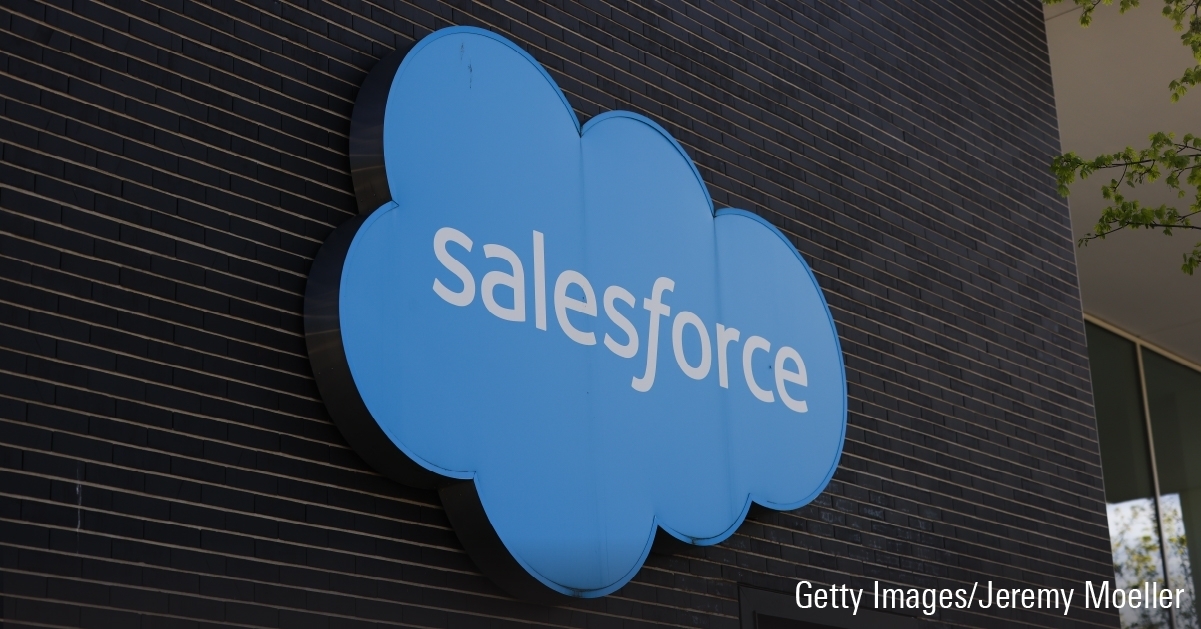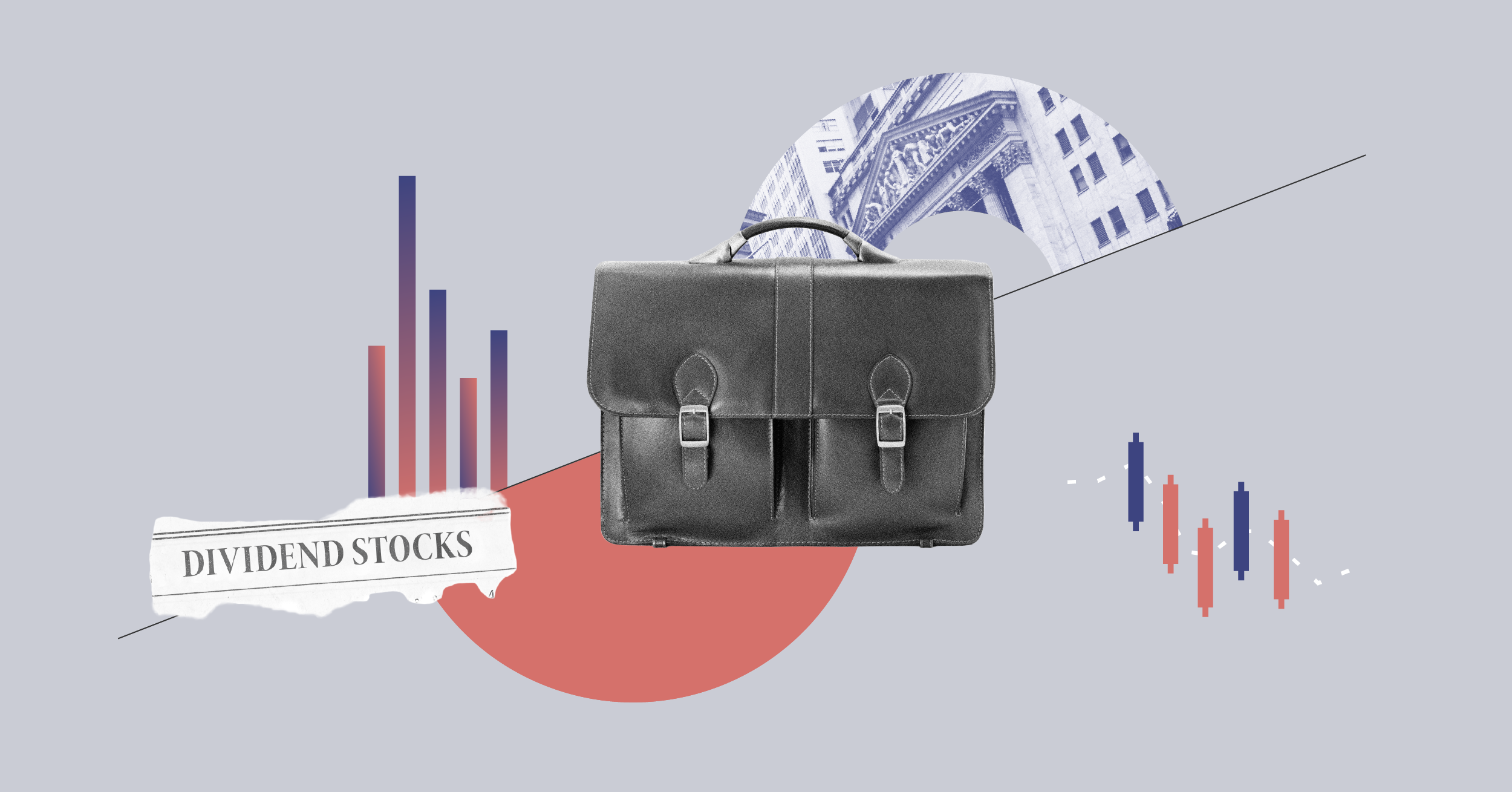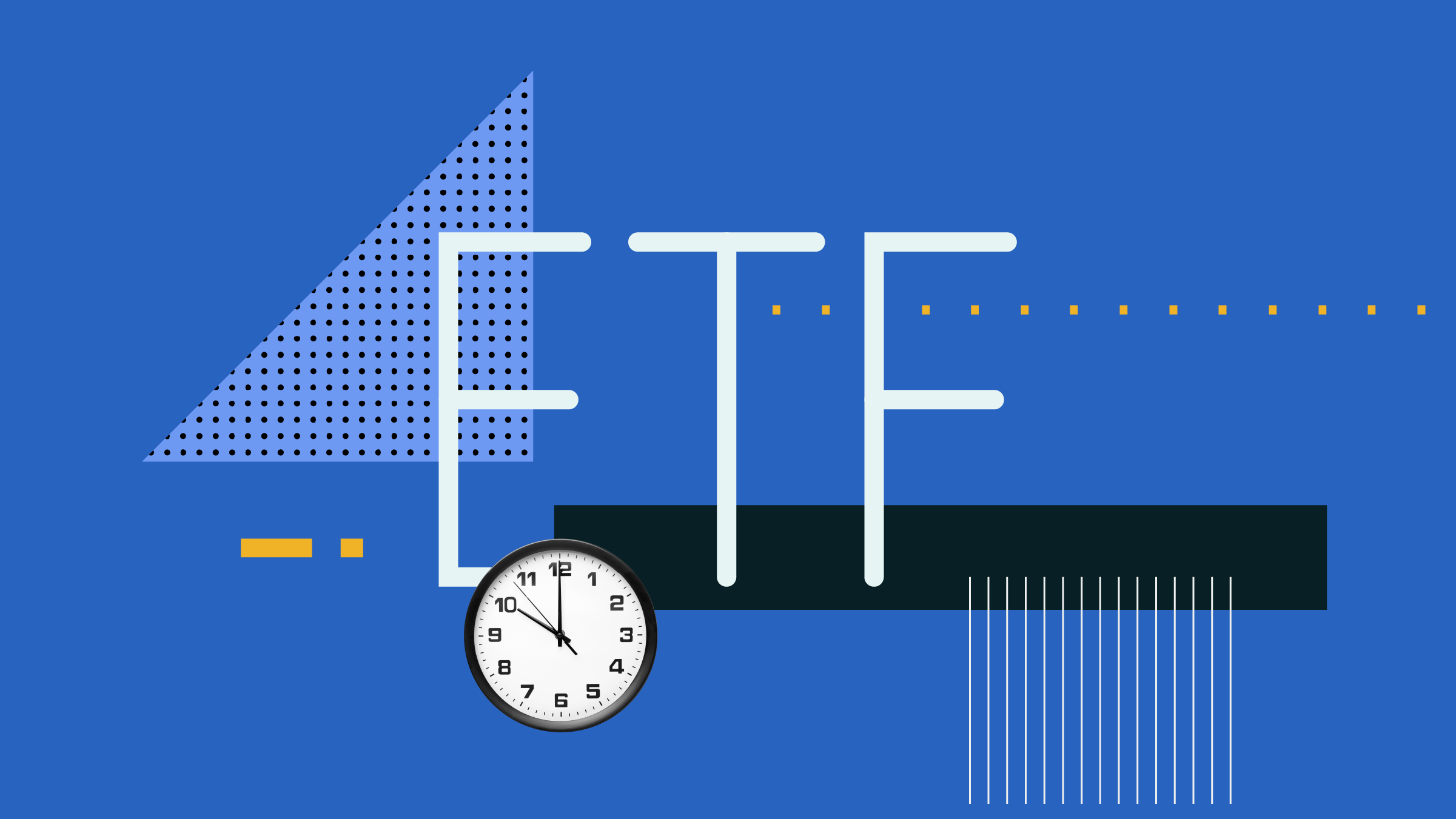Brexit. International trade tensions. The 2020 U.S. presidential elections. Global growth slowdown. Interest rates. Policy initiatives. Currencies.
We are in a time that is filled with unprecedented volatility and uncertainty. Or are we?
Though the circumstances may seem like the end of days, it’s not unusual, a Morningstar Canada forum on global investing was told.
The May 29 Morningstar Executive Forum focused on increasing global uncertainty, behavioral responses to it, and the role of data in mitigating some of the risks and challenges associated with it.
Three panelists spoke at the forum – Erik Johnson, Morningstar’s senior marketing optimization manager in the behavioural insights team, Sri Iyer, managing director and head of systematic strategies at Guardian Capital, and Lesley Marks, chief investment strategist at BMO Private Wealth. The panel was moderated by Michael Keaveney, director of investment management at Morningstar Associates.
The panel started with a discussion on markets. Iyer began by saying that there is little driving the markets right now and that things that worked 15 years ago may not necessarily work anymore. He pointed out that data has changed dramatically, and quantitative strategies are dominating research and decision making, with machine learning and artificial intelligence taking over much of the research gathering process.
Despite this, Marks countered, there are several conventional factors at play that continue to affect markets. “The changes in interest rate policy are a key example. From rate hikes last year, we are discussing the potential for rate cuts by the end of the year. Even last month, I could not have accurately predicted a rate cut,” she said. However, she also pointed out that for the past 18 months, BMO has held the same house view – overweight equities, especially U.S. equities.
Trump solving his own chaos = noise… except China
U.S. equities have had a pretty good run so far, with the S&P 500 up 10% year to date, and 14% annualized over 10 years in Canadian dollar terms, according to Morningstar Direct data. In contrast, the S&P/TSX Composite is up 7.7% annualized over 10 years, but has outperformed year to date, up over 15%.
“The data supports being overweight equities, especially in the U.S. We see increased consumption, low inflation, and strong jobs data,” Marks points out. On the macro side though, everything we see has turned out to be noise, including the USMCA. “The disruptive administration in the US loves to create an event, and then create a resolution to the event,” she said.
The one exception is the potential of a trade war. Whether it is Made in China 2025, the ‘One Belt One Road’ initiative or the dominance of Huawei, everything points to the top two world powers fighting for leadership, and so the trade war is more than just noise, she warns.
What should investors do?
They should first focus on what not to do. Iyer offers one piece of advice – avoid “landmines”. “As long as you don’t step on them, you should be fine. Two landmines we see are small caps, and high yield credit. Don’t step on them,” he says.
Beware behavioural biases
And watch out for the noise from within.
“The fact is that all of us suffer from recency bias – we feel things that happened in the near past in a much stronger way and tend to ignore history from further back. Are things really unusual? I’d argue not,” Johnson said, adding that the fundamentals may be the same, but the assumptions we make are different, based on recent events and experiences.
Marks doesn’t believe that overall the cycle is anomalous and agrees that though we may be seeing some unique aspects in the market, they aren’t unprecedented. She referred to the early 90s as a case in point.
The one thing that is unique and different is the capex cycle, Iyer said. “Companies are increasing their capex visibility, and as a result, the duration of the equity market has extended by four-years, because the capex cycle has extended visibility,” he said. He added that if rates stabilize, and if capex increased and if there is political clarity in the U.S., the market could have legs to continue upward.
That’s a lot of ‘ifs’, and not nearly enough advice on how to analyze the information. And in the age of social media, information is constant. So how much of it is valuable?
Social media: boon or bane?
Johnson says that social media is valuable in a lot of ways, but an information overload is a definite downside. “We are constantly inundated, which makes it easy to overreact and follow a herd mentality,” he said. One example of this is the meteoric rise, followed by the catastrophic explosion, of cryptocurrencies. “Would cryptocurrencies have had the run that they did, without the aid of social media and people rushing in without fully understanding the product? I think not,” Johnson said.
Investors should try and filter out what is ‘new news’ and what is just ‘news’, Iyer said, asking, “If you see 8000 points of view on the exact same thing, are they 8000 pieces of news? Of course not. They’re 8000 points of view on one piece of news. It’s more important to calculate how much of a piece of news is coming out, and for how long it stays out.”
Johnson also added, “It always seems like the world is constantly on fire but think about it – if you checked the news once a week, would it seem as bad?” he asks. Research has shown that investors who keep checking their investments tend to trade often, and overall do worse. So, the best thing to do is focus on a plan, and ignore the day to day noise, Johnson says, though he does admit that it is “simple, but not easy.”







.jpg)












